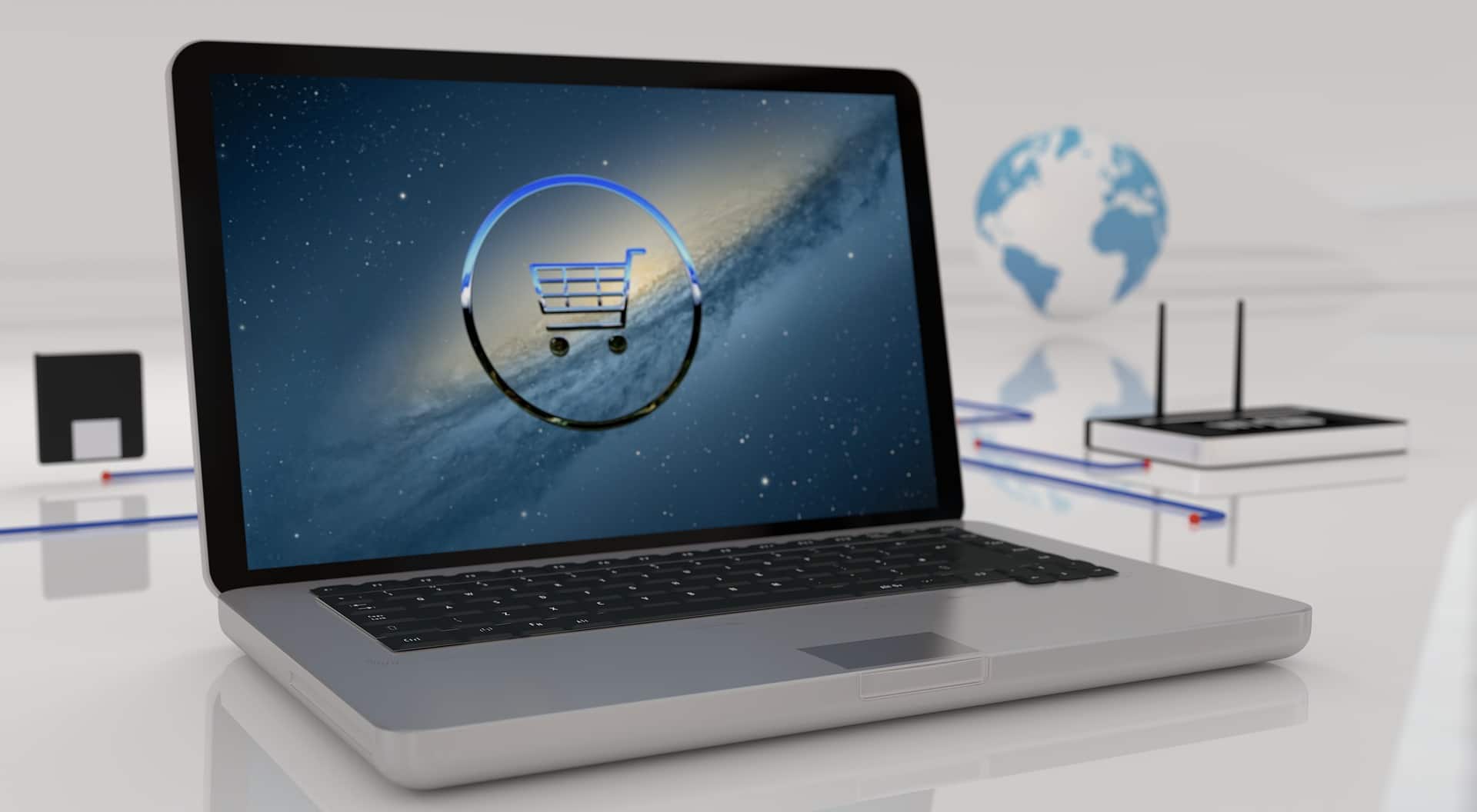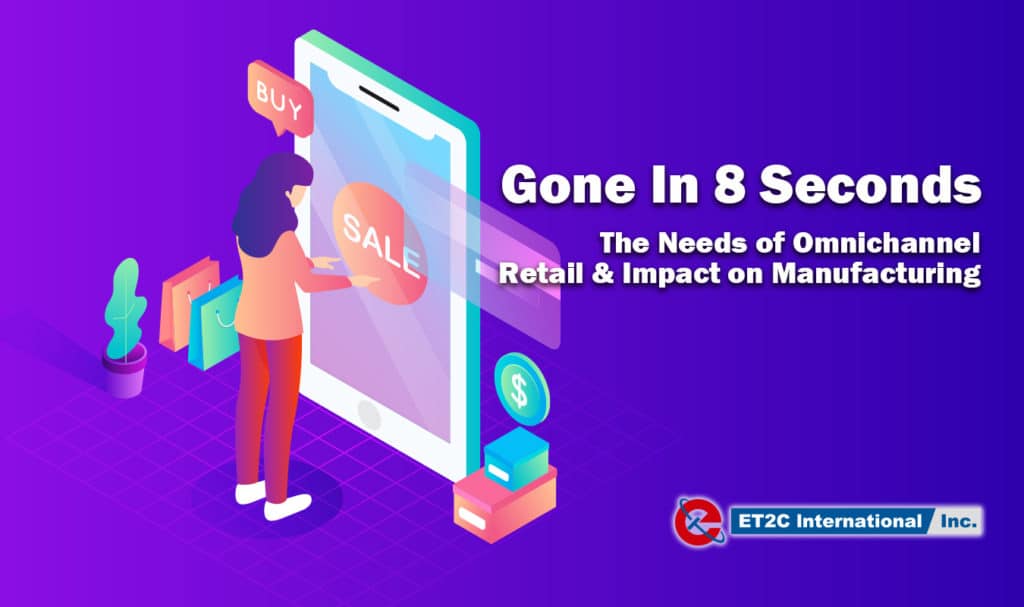Consumer 2.0
The Millennial and Gen Z consumers continue to shift the expectation on retailers and brands. This evolution is enabled by technology and driven by an almost capricious approach to purchasing products. Buying decisions are no longer solely made based on the product, if at all, but rather on experience (78% of Millenials prefer to spend on experience over product) and online reviews. The rise of influencers and Key Opinion Leaders (“KOLs”) further underlines the importance of peer reviews. As an example, and perhaps extreme, Becky Li, who has a mere 7.5m followers sold 100 minis (as in the car) in 5 minutes.
The pace of change is fast
These ‘consumers’ are looking at their devices more than 30 times per hour. Retailers and brands are therefore looking at a broad range of touch points to capture their attention, which notably is no more than 8 seconds. What is important to these consumers has evolved to the extent the traditional retail model is now largely defunct. This has given rise to a focus on areas such as customer experience, peer influence, seamless expectations and personalisation.
Retail has changed. Sellers have had to adapt how they connect and engage with their customers through a multitude of online and offline mediums. As a result, manufacturers are also having to evolve to best service these changing needs.
Digitalization
The characteristics of omnichannel digitization focus on putting the customer first through digital mediums. Consumer behavior has driven the necessity for streamlined and unified systems on both mobile and traditional platforms. The aim of digitization is to create a flowing process, where the time in a traditional brick-and-mortar store fits seamlessly together with the user’s experience online. According to one survey, up to 49% of US spending occurs through online platforms and 55% of purchases end on an e-commerce platform (Mceachran, 2019).

With no signs of this trend slowing down, businesses must adapt to this new environment by facilitating the integration of the physical and digital world. Imagine a customer using their phone in a brick-and-mortar store, scanning barcodes to compare the many products in stock within the store. Not only will this process decrease the total time commitment a shopper needs to make deciding on a product, it also allows for the business to save money on staff as the customer serves themselves.
Artificial intelligence is being adopted more frequently within the digital arena to further enhance the information and foresight companies wield on their customers.
Data
The use of customer data is now an essential part of engaging with customers on an individual level. Likewise, information from across the supply chain is being used to help the customer make decisions (for example some retailers are giving their customer a choice of which factory to purchase from). Omnichannel marketing allows the collection of information on customers across multiple interactions that businesses can utilize to make the shopping experience both more relevant and efficient. A good example of this is loyalty programs. These allow retailers to not only collect information on every purchase you make but also develop foresight around what you are going to buy based on the time of year and stage in your life. Given shortening attention spans, putting relevant products in front of the consumer is increasingly the only way to create that all important sales opportunity.

Customization
90% of consumers now value individualized products, of which 25% are willing to pay a premium for their unique products. Brands are looking for ways to personalize the experience for their customers and being able to produce and deliver individual products forms a part of this. Technology has been at the forefront of this capability with manufacturers investing in some level of automation and robotics to be able to deliver personalized products. Some of the large sports brands have harnessed additive printing technology (3D Printing) to even print shoes tailored to your actual foot size.
As this need grows, there are also opportunities for retailers to create efficiencies within their supply chain. Through modern technology and omnichannel customer experience, clothing can be manufactured to order. Instead of mass producing a product and holding it in inventory, products are created as and when the customer demands them. The process of customization should ultimately lower costs for businesses and reduce waste on the manufacturing floor.
Sustainability
Conscious consumerism also increasingly forms part of this modern buying decision. The younger generations now have access to information about the products, suppliers and even in some instances who is actually making each product. Radical supply chain transparency is on the rise with large brands committing to publish all their suppliers on line. Alternative materials that are more environmentally friendly because of biodegradability are being looked for as part of companies’ sourcing function. Recycled material (in the past has often had perhaps negative quality connotations) is now becoming mainstream to limit the impact of the product on waste.

This is direct consequence of the level of engagement that omnichannel retailing has enabled. From a manufacturing perspective, omnichannel retail has already proven itself by eliminating tons of wasted materials in traditionally wasteful industries like clothing manufacturing (Hodgkinson, 2018). This is in part via automation and customization processes but further waste can be reduced through demand planning. A tool which allows for businesses to more accurately track demand for products, either by seasons, trends, or other elements. This allows companies to optimize their purchases and supply chain to meet demand, reducing wasted resources and lowering their carbon footprint.
Conclusion
The world of retail is in a disruptive state. The Millennial and Gen Z consumers are more fickle than ever. Brands and retailers are having to engage with them through a variety of mediums to ensure that their offer is both relevant and timely. As retail has to evolve, the back end and the supply base has to likewise adapt. Asian manufacturing has taken up this challenge. China has committed to Smart Manufacturing by 2025 and India has similarly identified technological innovations in manufacturing as an important component of economic growth.
Omnichannel retail has become a necessity in order to capture the consumers’ attention. The aim is to spike the interest of the consumer within that 8 second time frame. It is not a lot of time; less than that of the often referenced forgetful Goldfish, which has an attention span of 9 seconds.
ET2C is a soucing company that understands your needs. For all enquiries on manufacturing in Asia, customization, radical supply chain transparency strategies and other topics, please contact us via our website, www.et2c.com.


